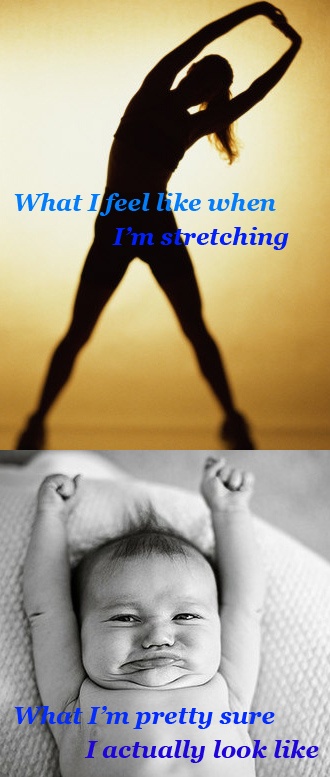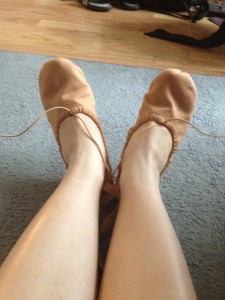I’ve been debating a name change recently, for a few reasons:
- I went for an interview once and someone told me when they read the name they thought it was pornographic….
- E-mails I send from my domain aren’t getting responses/are possibly going into spam.
- I get spam related to the “adult” in the name.
It’d be a fairly cheap (money-wise) change over, and I’d be able to redirect people who type in the old address. So I want to know–do you like the name, or is it kind of lame?
If you have any suggestions for possible new names, I’d love to hear them.







